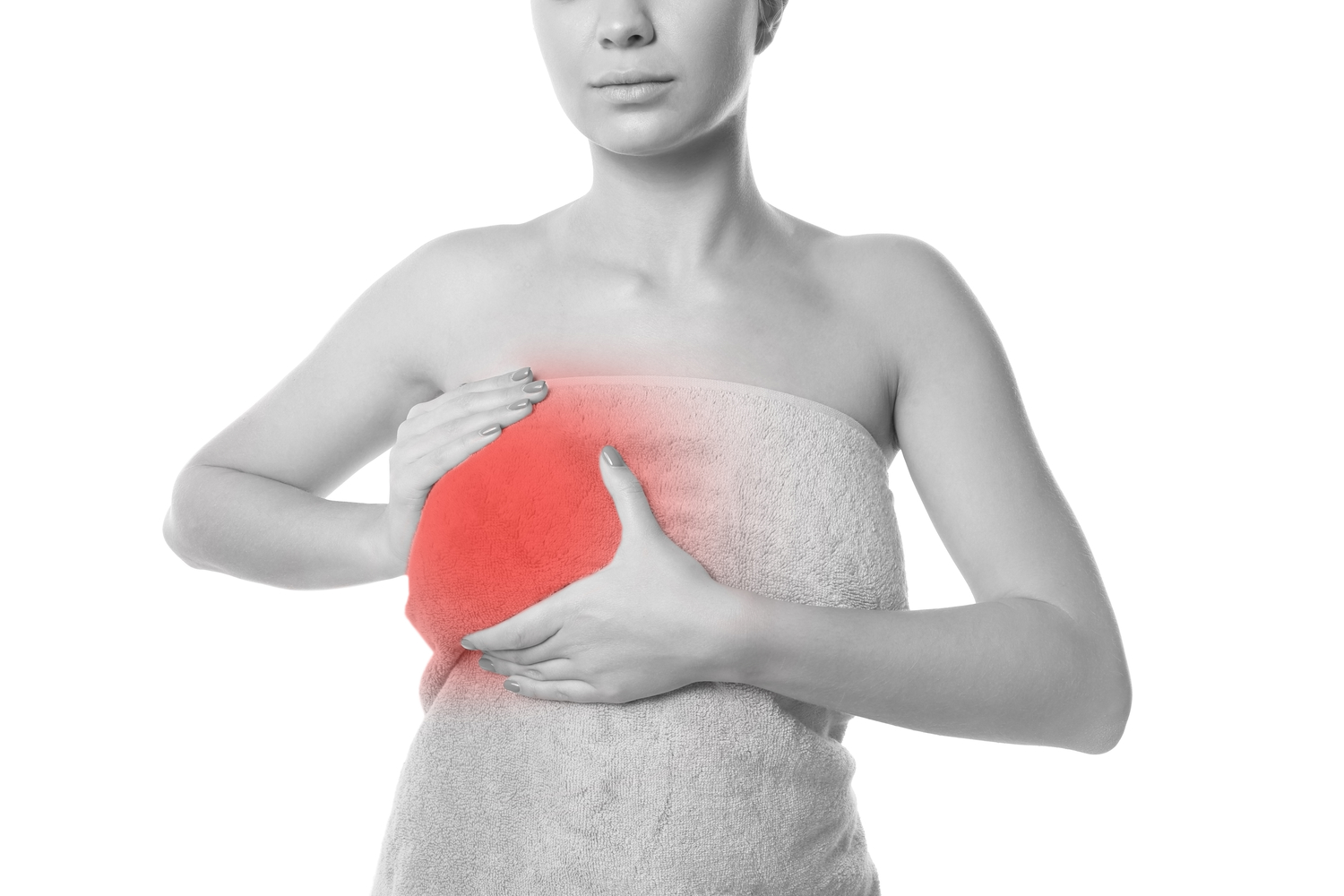Comprehensive Insights into the Top 6 Causes of Breast Discomfort
Discover comprehensive insights into the top 6 causes of breast discomfort, including hormonal fluctuations, diet impacts, post-surgical effects, medication side effects, improper bra support, and potential breast abnormalities. This detailed guide helps women understand symptoms, triggers, and when to seek medical advice for persistent pain, promoting better breast health awareness and proactive care.

Understanding the Top 6 Causes of Breast Discomfort
Breast discomfort is a common experience among women worldwide, affecting nearly 70% of women at some point in their lives. This discomfort can manifest as various sensations, from mild tingling to sharp, burning pains, and may occur in one or both breasts, sometimes radiating into the surrounding chest or shoulder areas. Despite the prevalence, many women worry about the possibility of serious health issues like breast cancer when they experience persistent pain. However, most cases of breast discomfort stem from benign causes related to hormonal changes, lifestyle factors, or minor injuries.
Medical professionals often refer to this condition as mastalgia. Mastalgia is generally classified into two primary types: cyclical and noncyclical. Recognizing the differences between these types can help women understand their symptoms better and seek appropriate treatment when necessary.
The sensations associated with breast discomfort can vary widely, including tingling, throbbing, aching, or even sharp and burning pains. The causes of these sensations are often related to physical, hormonal, or lifestyle factors. Understanding the common triggers can empower women to manage or prevent discomfort effectively. The primary factors contributing to breast pain include hormonal fluctuations, diet, post-surgical effects, medication use, improper fitting of bras, and underlying breast abnormalities.
1. Hormonal Fluctuations
Hormones play a significant role in breast health, especially estrogen and progesterone, which fluctuate throughout a woman's menstrual cycle, pregnancy, and menopause. These hormonal changes influence breast tissue development, leading to tenderness or swelling. Many women notice heightened sensitivity and discomfort just before or during their periods, which typically ease after menstruation. Additionally, hormonal shifts during pregnancy or menopause can also trigger varying degrees of breast discomfort. For some women, these symptoms are an expected part of hormonal cycles, but excessive or persistent pain should be evaluated by a healthcare professional.
2. Diet and Nutritional Factors
What women eat has a notable impact on breast health. Diets high in refined carbohydrates, sugars, and unhealthy fats can increase the risk of breast discomfort. These foods may cause inflammation or hormonal imbalances that exacerbate symptoms. Conversely, maintaining a balanced diet rich in fruits, vegetables, lean proteins, and whole grains may help reduce inflammation and promote overall breast health. Staying well-hydrated and limiting caffeine intake might also alleviate some discomfort for sensitive individuals.
3. Post-Surgical and Trauma-Related Discomfort
Women who undergo breast surgeries such as augmentation, reduction, or mastectomy often experience residual discomfort during the healing process. Scar tissue formation can lead to lingering tightness or tenderness, sometimes lasting months after the procedure. Minor injuries, bruises, or trauma to the chest area can also cause localized pain or swelling. It's essential to monitor surgical sites and seek medical advice if pain persists or worsens to ensure proper healing.
4. Impact of Medications
Certain medications are known to influence breast tissue and cause discomfort as a side effect. Fertility treatments, oral contraceptives, hormone replacement therapy, and some antidepressants contain hormones or influence hormonal levels, leading to breast tenderness. If medications are suspected to be the cause of discomfort, consulting a healthcare provider for adjustments or alternatives is recommended.
5. Improper Fitting Bras and Support
The importance of wearing well-fitted, supportive bras cannot be overstated. Ill-fitting bras—whether too tight or too loose—may not provide adequate support, resulting in strain on breast ligaments and muscles, which can cause pain and discomfort. Regularly measuring your bra size, especially during hormonal changes or weight fluctuations, ensures proper fit and can significantly reduce discomfort associated with poor support.
6. Underlying Breast Abnormalities and Health Conditions
While most breast discomfort is benign, persistent or severe pain, especially when accompanied by nipple discharge, noticeable lumps, or skin changes like redness or dimpling, warrants a thorough medical evaluation. Some tumors or cysts can cause discomfort, although most breast cancers tend to be painless. Regular self-examinations and routine screenings are critical for early detection. Any ongoing pain, especially if worsening over time, should be promptly addressed by a healthcare professional to rule out serious conditions.
In conclusion, understanding the various causes of breast discomfort can help women distinguish between normal, cyclical changes and indications of other health issues. If persistent pain lasts longer than two weeks, or if it is associated with other symptoms such as skin changes, nipple discharge, or lumps, seeking medical attention is essential. Early diagnosis and intervention are key to maintaining breast health and overall well-being.





